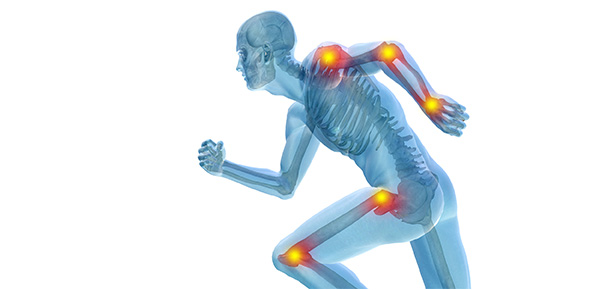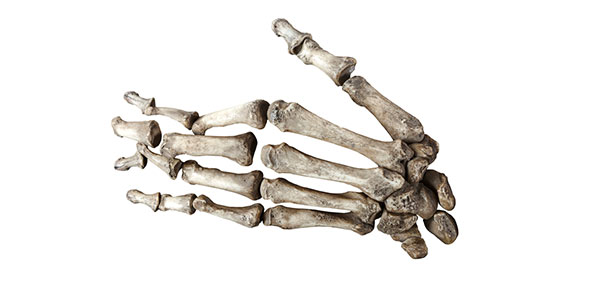Related Flashcards
Cards In This Set
| Front | Back |
|
Visual Agnosia
|
-Inability to recognize identity or nature of sensory stimuli
-Certain structures are for recognizing faces while others are for recognizing objects (no same structure does both) -Sensory processing is unaffected |
|
Apperceptive Agnosia
|
Inability to recognize objects
|
|
Prospagnosia
|
Inability to recognize faces
|
|
Stimulus for vision
|
-Electromagnetic radiation - light reflecting off objects
-Energy travels in waves |
|
Wavelength
|
-Allows us to perceive color
-Short wavelength = high frequency -Long wavelength = low frequency -Different wavelengths result in different colors |
|
Amplitude
|
-Allows us to perceive brigthness
-Amplitude is the height of the wavelength |
|
Electromagnetic Spectrum
|
-A continuum of electromagnetic energy that that is produced by electric charges and radiated as waves
-Very wide spectrum and humans can only see a small portion, this is referred to as visible light -Human range = 400-700 nanometers |
|
Cornea
|
-Transparent membrane covering the outer eye
-Helps protect the pupil and the eye from outside irritants -Allows light to pass through it so it can go to the other structures -More pain receptors than anywhere else on the body |
|
Pupil
|
-Hole in the center of the eye
-Regulates the amount of light coming into the eye by the expanding and contracting iris muscles that surround it -Dark = large pupil, Light = small pupil |
|
Lens
|
-Focusing element of the eye which light passes after passing through the cornea
-Changes size depending on the distance of an object = this is reffered to as "accomodation" -Changes concavity - the lens must be thin to perceive far objects and more round to perceive closer objects |
|
Iris
|
-Thin, circular structure that is responsible for controling the diameter and size of the pupil and thus the amount of lgiht entering the retina
|
|
Retina
|
-A complex network of neurons that covers the inside back of the eye
-These cells include the photoreceptors, horizontal cells, bipolar cells, and ganglion cells -Where sensory transduction occurs -Flow of impulses in the retina: Photoreceptors (rods and cones) are stimulated by incoming light --> sends signal to the retina --> the bipolar cells accept signals from rods, cones, or horizontal cells and pass it to the ganglion cell --> impulse goes back through the eye from the photoreceptors to the ganglion cells --> ganglion cell axons are attached to the optic nerve and the impulse is then sent to the LGN via the optic nerve |
|
Fovea
|
-A small area in the retina that contains only cone receptors
-Located on the line of sight so when you are looking directly at an image, it is falling on the fovea -Results in details and sharp vision |
|
Optic Nerve
|
-Bundles of nerve fibers that receive input from the ganglion cells and sends to the LGN
-Each optic nerve contains about 1 million ganglion cell fibers |
|
Blind Spot
|
-Area near the optic nerve where the are no cone or rod receptors
|







